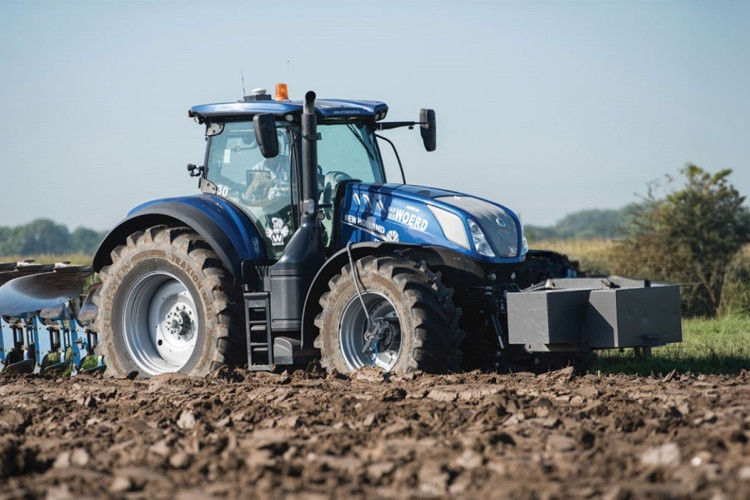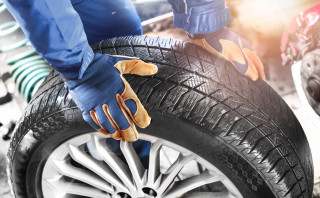Do you put new tyres on the front or rear?
Let’s conduct an experiment. Next time you’re chatting with colleagues or friends, pose a question to them. The question is this: “If you put two new tyres on your vehicle do they go on the front or the rear?”
You’ll likely get a variety of responses, although we’re guessing one option will be more popular. That option is wrong. Don’t worry - we’ll reveal it all in due course. For now, let's step through some of the responses you may get…
“But if it’s only one tyre that has a problem then just replace that one”.
Don’t get in a car with this person. If you do, buckle up and make sure it’s only for short trip. Ok, we’re being overly harsh. But seriously this is probably the worst answer. Replacing a single tyre is fraught with complications. For a start, as well as being the same size and same construction type (radial, bias etc), you need to make sure it’s the same tread pattern type (directional, asymmetric etc) and the same ply rating or index numbers (within two digits). If not, it’s not only illegal but also unsafe as they’ll have different properties and performance ability. What does this all mean? It means the tyres may offer differing levels of grip, handing you a vehicle control nightmare in difficult situations. Changing just a single tyre will alter the driving characteristics of the vehicle because of the different traction affecting cornering, acceleration and braking.
Don’t replace a single tyre. It could cost you in more ways than it saves you money.
“You need to replace all four at once. Can’t do two.”
They have a point if your vehicle is All Wheel Drive. On an AWD vehicle the tread depths should be the same. Even a difference of just a few mms of tread depth can cause issues as one wheel spins faster than the others. This could lead the AWD system to engage on dry pavement and possibly damage the system. Check your vehicle manufacturer's guidelines but for AWD vehicles, replacing all four tyres at once is usually advisable.
That said, if you have a 2 wheel drive vehicle then the statement is incorrect. It’s good practice but not essential to replace all four tyres at once.
“Stick them on the front. You always put the new tyres on the front”.
This seems to be the commonly held view. It would appear to be borne out of the belief front tyres always wear quicker and if you’re hitting a few puddles, the front tyres hit it first.
Here’s the thing...if you put the two new tyres on the front then you increase the chances of oversteer. This is where the rear of the vehicle may slide out a bit. If you hit the brakes during oversteer you’ll likely find yourself in a spin. Oversteer is notoriously hard to handle and best avoided.
Which leaves us with….
“Best practice is to put the two new tyres on the rear”.
Give the person who says this a high five. They have nailed it. If you’re going to replace two tyres then stick them on the back. The reasoning is thus...more traction at the rear is a good thing. Better traction in the wet and ice is a great thing. It also means understeer is more likely and that’s easier to control than oversteer. So it’s safer.
Don’t take our word for it. The New Zealand Automobile Association agrees and recommends the following:
-
Check the vehicle handbook first as some give specific advice
-
Generally, it’s good practice to fit the best/newest tyres on the rear - in wet conditions, this favours understeer rather than oversteer.
-
So if you have the front tyres renewed it’s best to have the rear ones moved to the front and the new tyres fitted to the rear.
The AA also notes that tyres with decent tread depth are less likely to puncture and that it’s more difficult to control a car with a damaged rear tyre.
To further support putting the new tyres on the rear we also refer to the people that really should know. Namely, the clever people from Continental. They do recommend replacing all four at once if you can but if not, then put the newest tyres on the rear. The exception is if the car manufacturers specify something different or your car has different fitments for the front and rear. Again, always check the manual.
So, next time you need a tyre replacing make sure you do them at least in pairs. And make sure the newest always go to the rear unless your vehicle manufacturer specifies something different.
As always, if in doubt, ask the professionals at your local tyre centre.
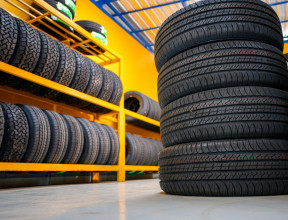
Time to get your tyres changed over?
Whether it's a passenger tyre or a truck tyre, we have it all. Full range available.
-
Topics:
- Road Safety
More tips and articles
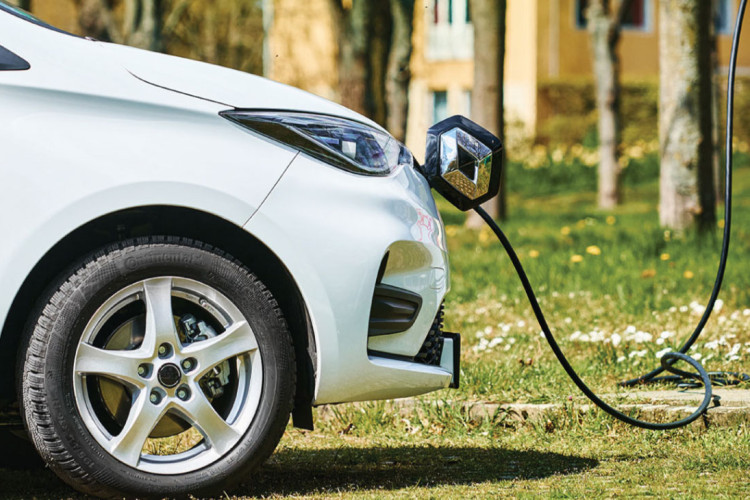
Tyres for Electric Vehicles
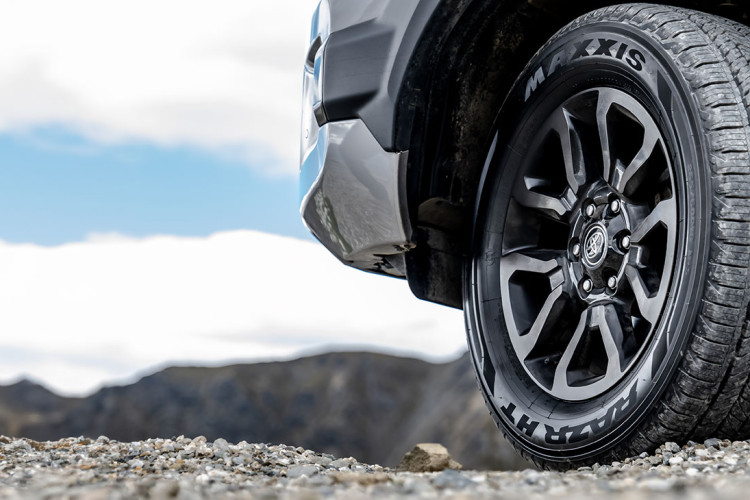
Product Spotlight:
Maxxis HT780 RAZR HT
